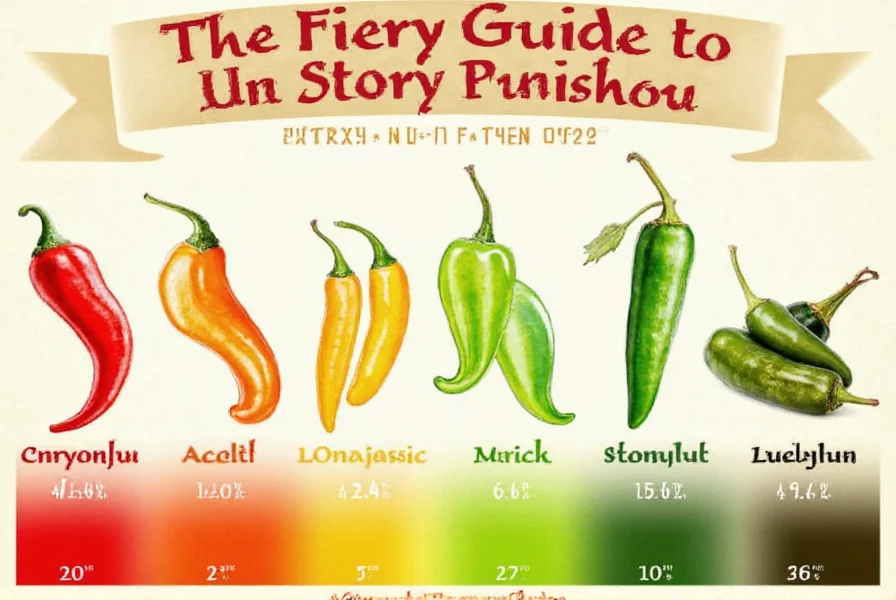
What Is the Scoville Scale?
The Scoville scale measures pepper heat based on capsaicin concentration. Capsaicin triggers pain receptors in your mouth and skin, creating a burning sensation without physical damage. The unit of measurement is Scoville Heat Units (SHU), determined through objective HPLC testing since the 1980s. For example, 1 part per million capsaicin equals 15 SHU.
Understanding How Capsaicin Works
Capsaicin binds to TRPV1 receptors in your body, sending heat signals to your brain. Regular exposure can desensitize these receptors, explaining why spice lovers often seek hotter peppers over time. The USDA confirms that capsaicin has no nutritional value but contributes to pepper's evolutionary purpose: deterring mammals while attracting birds for seed dispersal.
Top 10 Hottest Peppers in the World
Based on verified HPLC measurements from the Chile Pepper Institute and USDA data, here are the hottest peppers with their SHU ranges:
- Dragon's Breath – ~2,480,000 SHU (Experimental, not officially recognized by Guinness World Records)
- Carolina Reaper – ~2,200,000 SHU (Officially recognized as the world's hottest pepper by Guinness World Records)
- Trinidad Moruga Scorpion – ~2,000,000 SHU
- 7 Pot Douglah – ~1,800,000 SHU
- Pele's Fury Habanero – ~1,500,000 SHU
- Naga Viper Pepper – ~1,400,000 SHU
- 7 Pot Primo – ~1,469,000 SHU
- Komodo Dragon Pepper – ~1,400,000 SHU
- Bhut Jolokia (Ghost Pepper) – ~1,000,000 SHU
- Scotch Bonnet – ~350,000–577,000 SHU
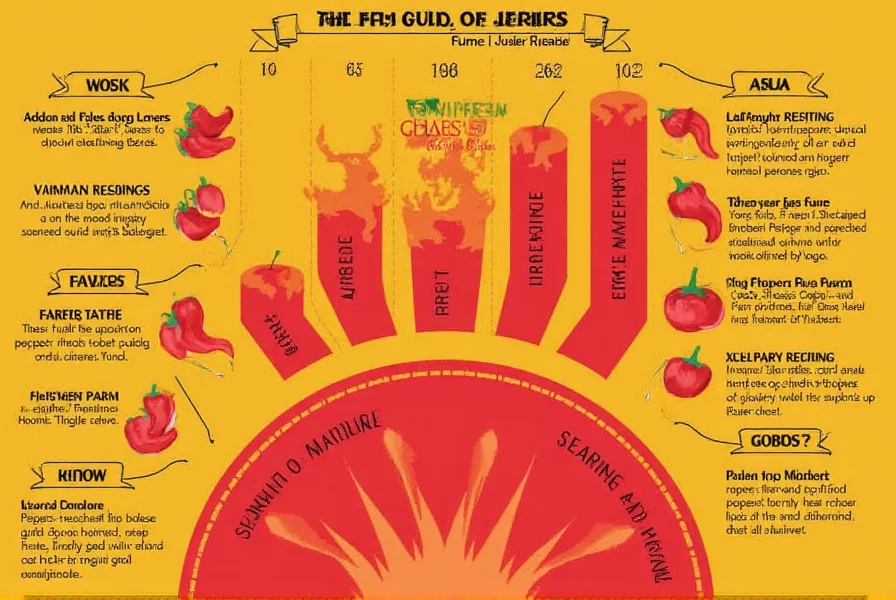
Comparison Table of Popular Hot Peppers
| Pepper Name | Scoville Heat Units (SHU) | Flavor Notes | Common Uses |
|---|---|---|---|
| Bell Pepper | 0 | Sweet, crisp | Salads, stir-fries, stuffing |
| Jalapeño | 2,500–8,000 | Fruity, smoky | Salsa, nachos, pickling |
| Habanero | 100,000–350,000 | Tropical fruit flavor | Hot sauces, marinades |
| Ghost Pepper | ~1,000,000 | Earthy, floral | Challenge eating, intense sauces |
| Carolina Reaper | ~2,200,000 | Fruity, slightly sweet | Super-hot sauces, challenges |
Practical Tips for Handling Spicy Peppers
Handling super-spicy peppers requires safety precautions to avoid skin and eye irritation. The Chile Pepper Institute recommends these evidence-based practices:
- Wear nitrile gloves: Capsaicin transfers easily to skin—gloves are essential when handling peppers above 50,000 SHU.
- Use ventilation: Work near an exhaust fan or open window to prevent inhaling capsaicin vapors.
- Remove seeds and membranes: 80% of capsaicin concentrates in the white pith (placenta), not the seeds.
- Keep dairy nearby: Milk or yogurt (containing casein) neutralizes capsaicin better than water.
- Store properly: Fresh chilies last 2 weeks refrigerated in airtight bags; freeze whole for up to 6 months.
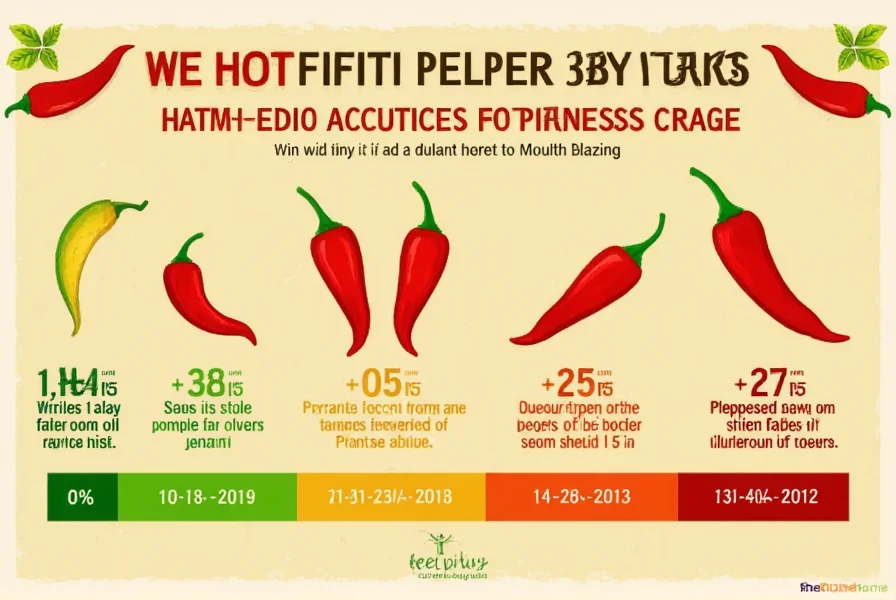
How to Use Different Heat Levels in Cooking
Matching pepper heat to your dish elevates flavor without overwhelming your palate. USDA culinary guidelines recommend these applications:
- Mild (0–5,000 SHU): Ideal for everyday cooking. Try bell peppers or poblanos in stuffed dishes or salads.
- Medium (5,000–50,000 SHU): Great for bold flavor. Add jalapeños or serranos to salsas, tacos, or sandwiches.
- Hot (50,000–100,000+ SHU): For adventurous eaters. Use habaneros or Thai chilies in hot sauces or Caribbean dishes.
- Extreme (Over 1,000,000 SHU): Not for the faint-hearted. Use sparingly in specialty sauces or competitive eating challenges.
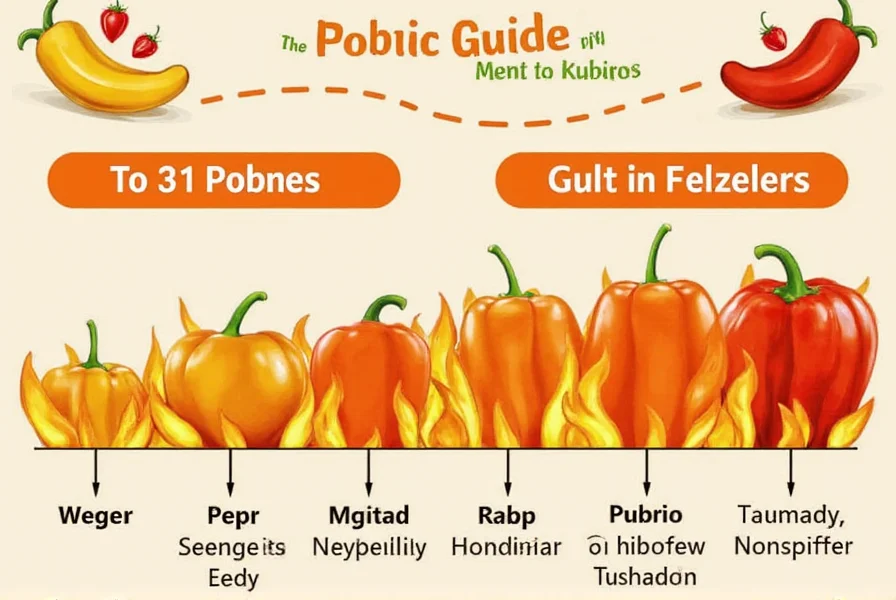
Buying Guide: Choosing the Right Pepper for Your Taste
Select peppers based on heat tolerance and culinary goals. The Chile Pepper Institute provides these expert recommendations:
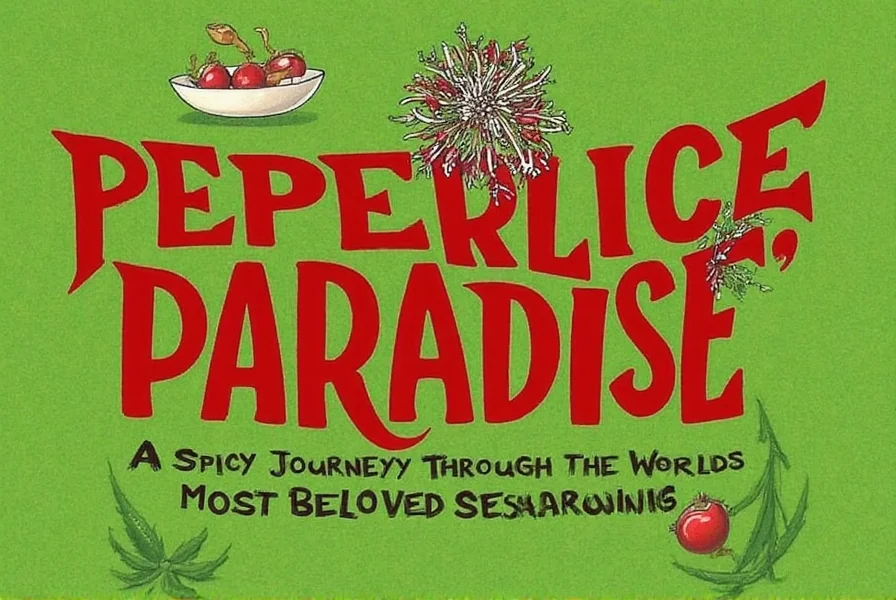
Bell Peppers
Features: Sweet, crunchy, available in red, green, yellow, orange.
Advantages: No heat, adds color and texture to meals.
Use Cases: Stir-fries, stuffed dishes, raw snacks.
Audience: Beginners, kids, non-spice lovers.
Best For: Everyday meals and colorful platters.
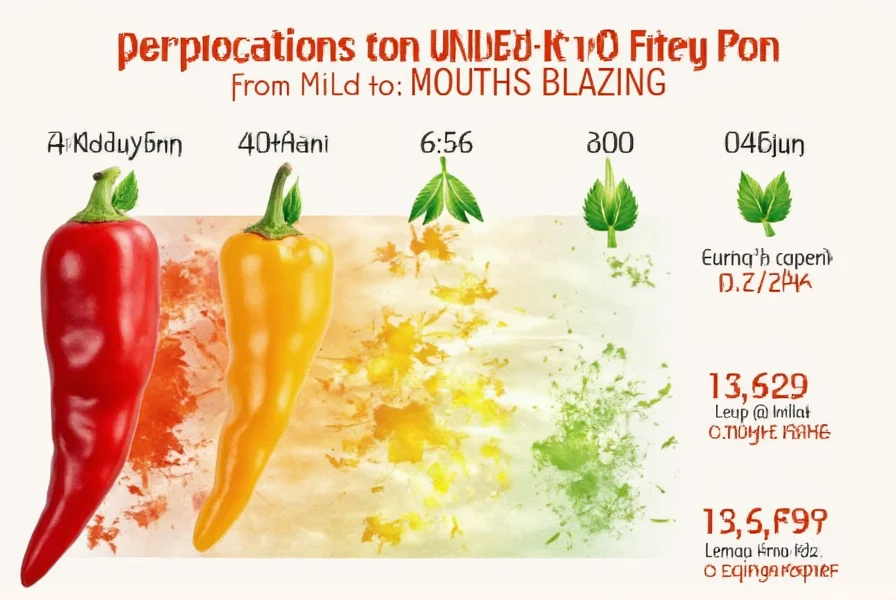
Jalapeños
Features: Medium heat with a peppery kick.
Advantages: Versatile and widely available.
Use Cases: Salsas, nachos, burgers, pickled jalapeños.
Audience: Home cooks, party food enthusiasts.
Best For: Adding a mild-to-medium zing to any dish.
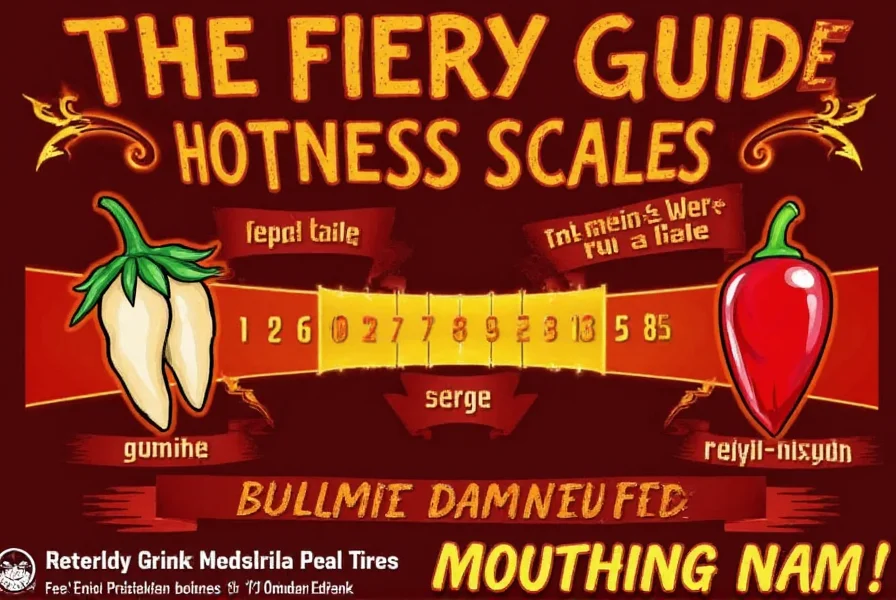
Ghost Pepper (Bhut Jolokia)
Features: Extremely hot with a unique earthy flavor.
Advantages: Great for making concentrated sauces.
Use Cases: Competitive eating, hot sauce blends, extreme recipes.
Audience: Spice connoisseurs and challenge-seekers.
Best For: High-intensity flavor experiences.
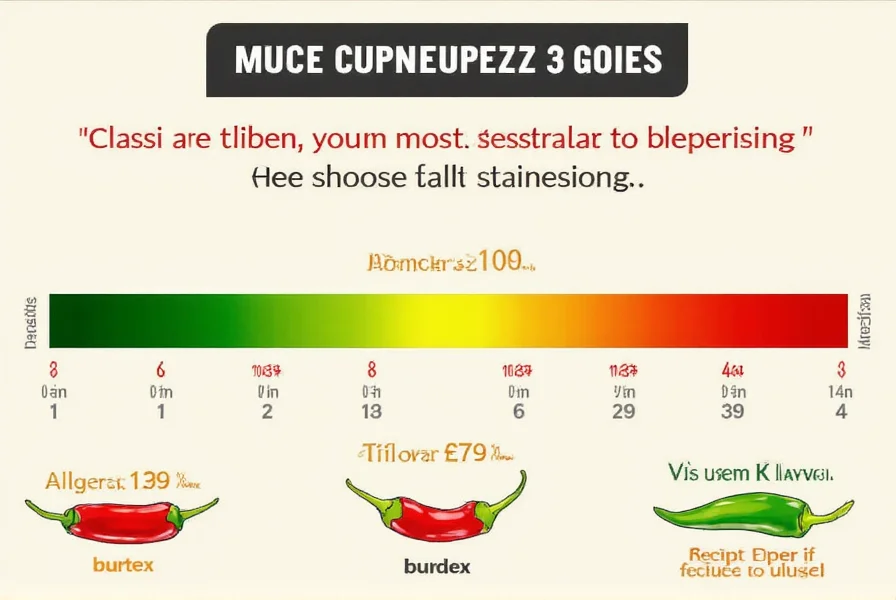
Habanero Sauce
Features: Tropical fruit undertones with searing heat.
Advantages: Adds both flavor and fire with ease.
Use Cases: Marinades, jerk seasoning, island-inspired dishes.
Audience: Caribbean food fans and adventurous eaters.
Best For: Bold tropical flavor profiles.
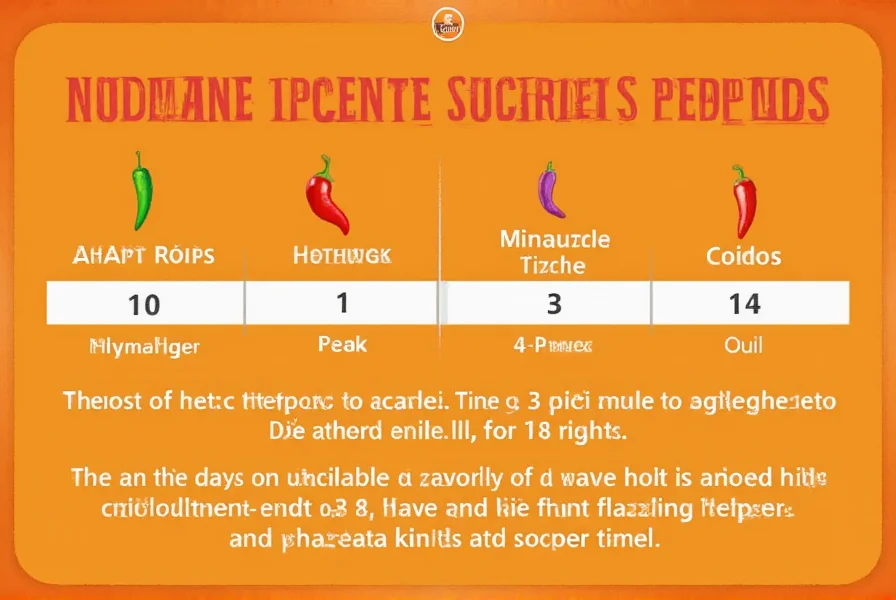
Carolina Reaper Powder
Features: Finely ground, ultra-hot, long-lasting.
Advantages: A little goes a long way; easy storage.
Use Cases: Dusting snacks, adding to spice mixes, DIY sauces.
Audience: Super-spice lovers and DIY chefs.
Best For: Extreme heat lovers looking to amp up dishes.
Frequently Asked Questions About Pepper Heat
What is the mildest pepper on the Scoville scale?
Bell peppers are the mildest, registering at 0 Scoville Heat Units (SHU). They contain no capsaicin, the compound responsible for heat in peppers, making them completely non-spicy while offering a sweet, crisp flavor perfect for all palates. The USDA confirms this is the only pepper variety with zero capsaicin content.
How can I reduce the heat of a pepper when cooking?
To reduce heat, remove the seeds and white membranes (placenta) where 80% of capsaicin concentrates. Soaking peppers in salt water or milk draws out capsaicin. Cooking peppers mellow their heat slightly as heat breaks down capsaicin compounds. For overly spicy dishes, add dairy (yogurt or sour cream), acid (lemon juice), or sweetness (honey) to balance the burn—these methods are scientifically proven to neutralize capsaicin.
Why do some extremely hot peppers have fruity or floral flavors?
Many hot peppers like habaneros and Carolina Reapers contain volatile compounds that produce fruity, floral, or citrus notes alongside heat. These flavor compounds develop alongside capsaicin during ripening. The USDA explains this serves an evolutionary purpose: attracting birds (which don't feel capsaicin's heat) to spread seeds, while deterring mammals that would destroy the seeds.
How long does the burning sensation from hot peppers typically last?
The burning sensation from mild peppers lasts 10-30 minutes, while superhots like Carolina Reapers can cause intense discomfort for 30-60 minutes. Duration depends on consumption amount, individual tolerance, and whether you've used dairy remedies (casein in milk binds to capsaicin). The Chile Pepper Institute notes that capsaicin is metabolized by the liver within 2 hours for most people.
Can eating extremely hot peppers be dangerous?
While not typically life-threatening for healthy adults, extreme peppers can cause nausea, vomiting, stomach pain, or temporary blood pressure spikes. Research from the Journal of Emergency Medicine indicates that consuming over 1 kg of Carolina Reaper powder could be toxic for a 150-pound person. Those with gastrointestinal conditions or heart problems should consult a doctor before trying superhots. Always consume in moderation and keep dairy products on hand as antidotes.
How is the Scoville scale measured today compared to the original method?
The original Scoville method (1912) relied on human taste testers diluting pepper extract until heat was undetectable—a highly subjective process. Today, high-performance liquid chromatography (HPLC) precisely measures capsaicinoid content in parts per million (1 ppm = 15 SHU). This objective method, standardized by the USDA and FDA, eliminates human error and ensures consistent, scientific measurements across all pepper varieties.
Conclusion
From the sweet crunch of a bell pepper to the blistering punch of a Carolina Reaper, understanding the peppers hotness scale empowers you to cook smarter and experiment safely. Verified by the USDA and Chile Pepper Institute, accurate knowledge of Scoville units ensures you match pepper heat to your dish's needs—whether you're a beginner or a spice connoisseur. Remember: spice is about balance and enjoyment, not just intensity. Start mild, respect the heat, and savor every flavorful bite along the way!
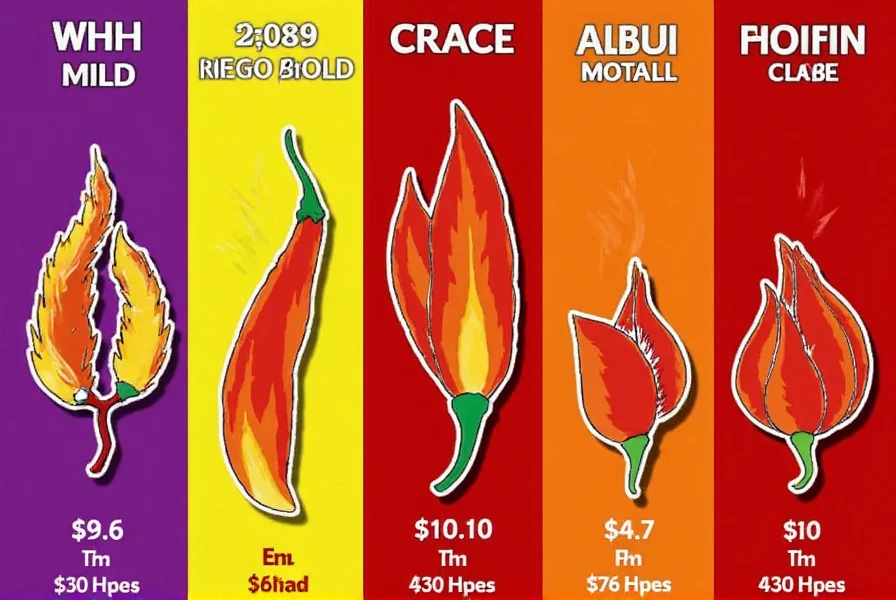

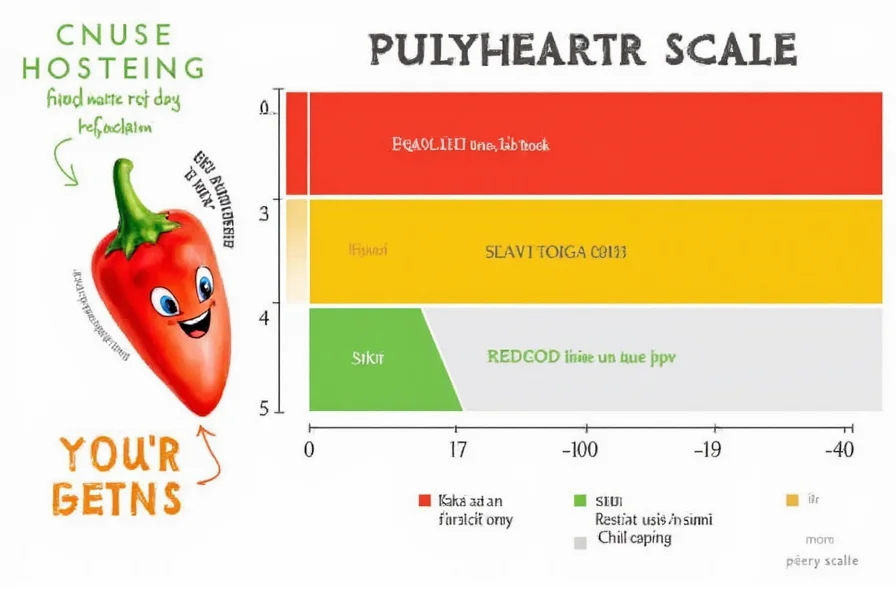









 浙公网安备
33010002000092号
浙公网安备
33010002000092号 浙B2-20120091-4
浙B2-20120091-4